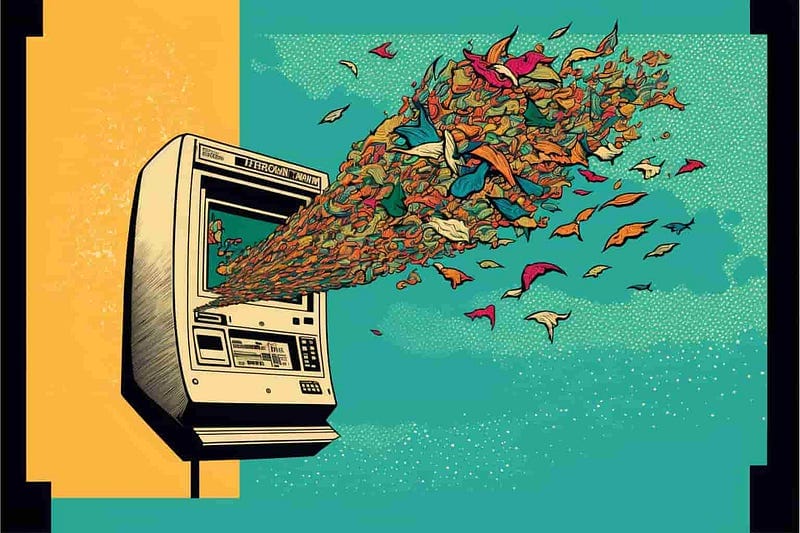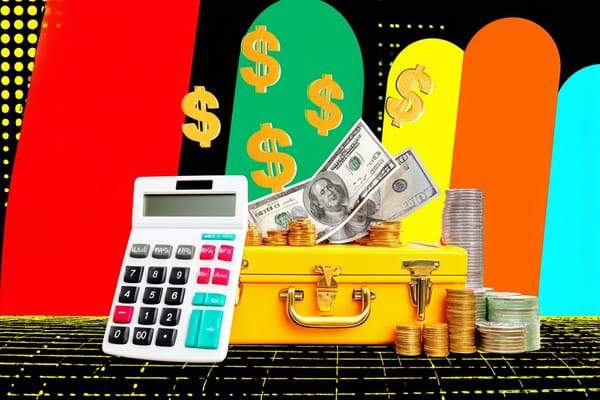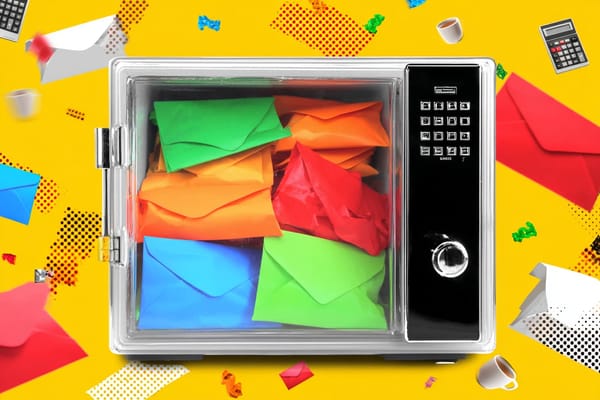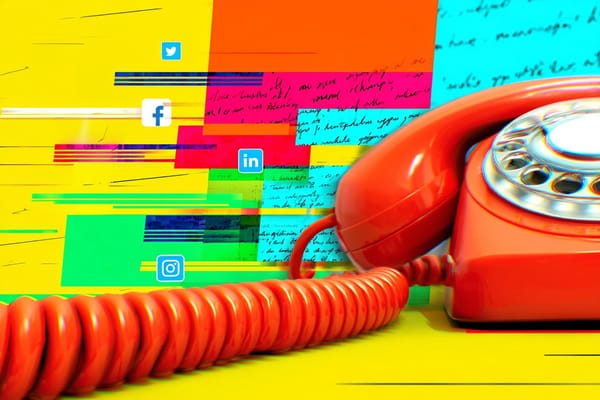Getting Paid as a Freelancer: What You Need to Know
Delivering work is one thing. Getting paid is another.

Some people begin freelance life with a lot of intention and some fall into it by accident.
My first client approached me about writing a whitepaper. I said yes, without giving much thought to how I would collect payment once the work was delivered.
That’s often the case with freelancers: you seize an opportunity, know you can do the job, and don’t think about the logistics until you’re scrambling.
But getting paid is the most important thing when you’re getting started. If clients can’t pay you easily, you don’t have a freelance business.
Here are things to consider and ways to set yourself up for success.
PayPal isn’t good enough
If you have a PayPal account, it might be tempting to ask clients to send you payments that way. However, I’ve heard enough horror stories from freelancers to steer clear of this option.
PayPal is great for buyers and embedded payments on a website. But I’ve known more than one freelancer who has had PayPal place a mysterious “hold” on funds. I’ve also had it happen: PayPal told me that a payment was being held for “security reasons” and I couldn’t access the funds for ten days.
PayPal also has very customer-focused refund policies. Clients can easily dispute charges if they’re not happy with your work for any reason.
Choose a tool that has invoicing and payments
The best option is to find a tool to handle invoicing and payments. You can avoid a lot of the headaches that come with getting paid by using an all-in-one tool.
Invoices provide a clean paper trail of the charges and when the payment is due. Many invoicing platforms (like Bonsai or Stripe) allow you to create an invoice and offer multiple payment options. You can collect payment via credit card or bank transfer, and the client pays from a link within the invoice.
Fees from payment platforms are inevitable. You’re paying for the convenience of having the payments handled for you. But you can always raise your prices to cover the cost of the fees. Some platforms even allow you to pass the fee along to the client (“A 3% charge will be assessed for payments made via credit card.”)
Some platforms like Honeybook can even set up automatic payments. This is a great option if your client pays you for recurring work (like a monthly retainer). Automatic payments can also be used if the client pays you in installments (like 50% upfront and 50% a month later).
No freelancer wants to be caught with a client that refuses to pay or is slow to pay. Automatic payments reduce that risk.
Keep business and personal finances separate
In the early days of freelancing, you’re probably not thinking about a business bank account — you’re just happy that clients are paying you!
But you’ll realize as your business grows (especially when it comes time to pay your taxes) that it’s much easier to separate your business and personal finances.
Take your expenses, for example. In the United States, you can write off business expenses on your tax return. If you charge everything to a single credit card, it’s a lot harder to distinguish between paying a subscription fee for a business app and your trip to the local coffee shop.
Here’s what you need to do to set this up:
- Open a checking account dedicated solely to your business
- Deposit all payments from your clients into this account
- Open a credit card dedicated to business expenses
- Charge everything business-related to that card
- Open a savings account dedicated to your business
- Set aside money each month to pay taxes on your freelance income
Then, you’ll connect your business accounts to an accounting tool like Quickbooks Self-Employed or Xero.
Staying on top of your finances doesn’t have to be a huge headache. An accounting tool can show you your total income and expenses to help you understand your financial picture. Armed with that information, you can make informed decisions, such as “Can I afford to attend an industry conference?” or “Do I want to pay for a new app that might make my life easier?”
Bonus: Once you’re comfortable with your freelance income and expenses, add a little extra to your savings account. You can use this money as a cushion for a rainy day or to pay for larger investments in your business, such as a new computer.
Pay yourself a freelancer salary
One of the hardest parts about freelance work is the fluctuating income. You may have one month where you earn a lot and the next month is much slower. This can put a lot of stress on your finances, plus makes it harder to budget.
One way to ease this stress is to pay yourself a freelancer monthly salary. You’ll “pay yourself” by transferring the money from your business checking account to your personal checking account. You can do this once a month, or every other week — whatever cadence makes sense. Then, from your personal checking account, you’ll pay your rent or mortgage, buy groceries, and pay your utilities.
The important part is that you pay yourself the same amount, regardless of how much you earn. You’ll build up a cushion in your business checking account in the busy months to cover the lean months.
With regular transfers, you’ll also be able to pay yourself even if you take a vacation. Many freelancers feel like they can’t take time off because it would reduce their income. With a freelancer salary, you build up “paid time off.”

Automate your project management
While you may not have a project management tool in the beginning (and that’s totally fine!), eventually, you can use your payments as a “trigger” for workflow automation.
I’m a freelance writer and use Trello to track my deliverables.
When I indicate that a project is “done” in Trello, Zapier [affiliate link] adds an item to my to-do list so that I remember to invoice the client.
If you can automate any parts of your process, do it. Maybe you collect payments upfront and automation can set up a project for you. Or you can automate a welcome email when a client makes a payment.
Anything you can do to save time on redundant tasks gives you more time to focus on the parts of your business that need your unique skills: relationships, creativity, knowledge, etc.
Collecting payments is an extension of your brand
When you ask for payment, you also give your client an impression of your brand.
What’s better: an invoice with a brand logo or an email that says, “Here’s my PayPal account info”?
By creating professional invoices and collecting payments via credit card and bank transfer, you signal to the client that you take your business seriously. Some clients may be hesitant to work with freelancers, especially if they’ve never worked with one before. How you handle payments can help alleviate these concerns.
It’s an opportunity to remind them of the quality work they can expect to receive. More importantly, you can show the client that you have a process in place. And with an established process and brand, you can attract higher-quality clients for better-paying work.
This article is for informational purposes only. It should not be considered Financial or Legal Advice. Consult a financial professional before making any major financial decisions.
Check out my free eBook: 17 Smart Tools Solopreneurs Need to Start, Grow, and Scale.






